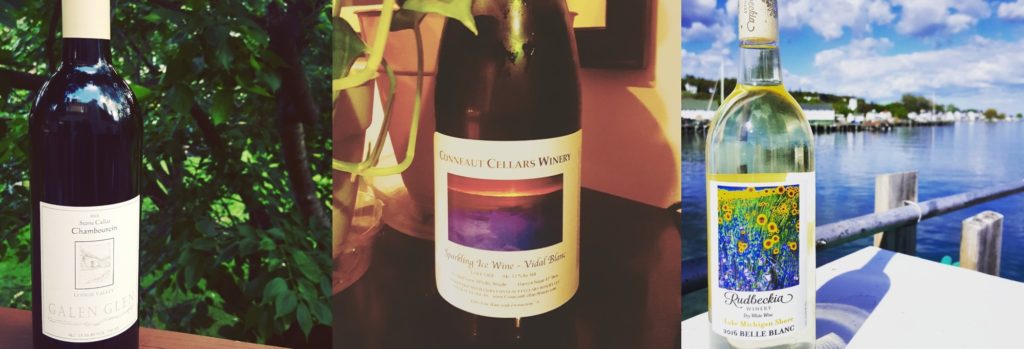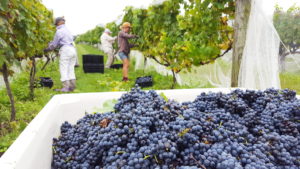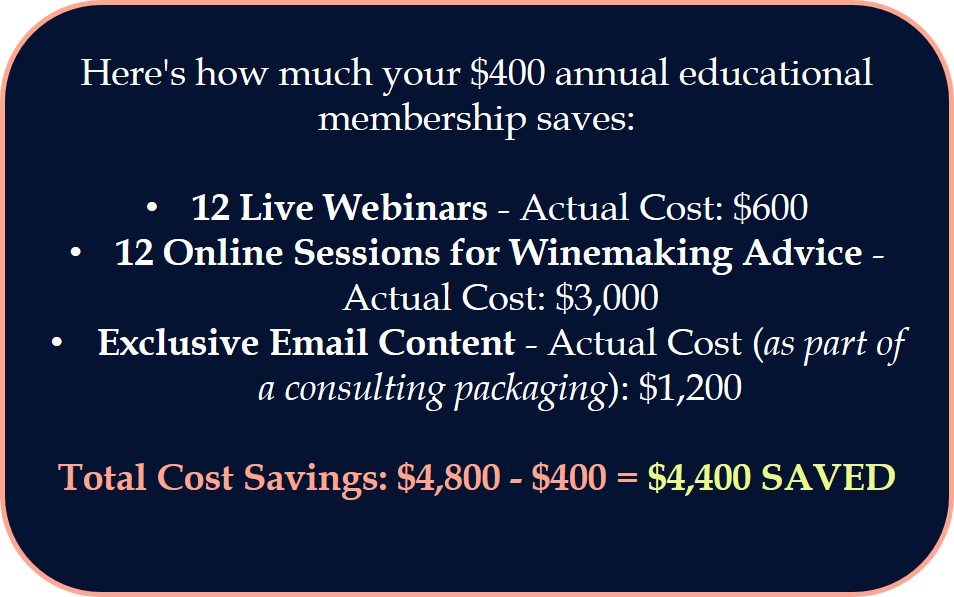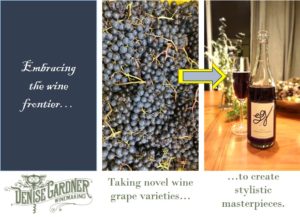
If you’re producing wine outside of the three big western states (California, Oregon, and Washington), then it’s likely you’re making some wines based on hybrid wine grape varieties.
Hybrid-based wines are quite unique compared to Vitis vinifera-based wines. They offer a varied aroma and taste profile, different wine chemistry, and some varieties may be less influenced by terroir than others.

One key advantage of many hybrid varieties is that they often produce a fair amount of volume for a winery. Furthermore, many growers seem to enjoy growing hybrids knowing that they will likely produce enough grapes for an adequate sale. Winery owners often appreciate the option to incorporate hybrid grape varieties as their price tag is usually less than many regionally grown V. vinifera varieties.
While there may be a lot of wine to go around, many winemakers struggle with ways to best use the hybrid wines. Many reveal they do not care for the variety(ies); they struggle to produce the wine to a point where they want to bottle it, and many admit it may take a while to sell the wine from one vintage to the next. These feelings can often lead to winemaking ruts and a lack of innovation for a brand.
A Challenge for Varietally Labeled Hybrid Wines
One reoccurring challenge I see with many hybrid-based wines is the inconsistent quality within an individual producer, or with a variety among several producers. Many hybrid varieties are poorly understood by winemakers, let alone consumers.
This challenge may be exacerbated by a lack of variety or choice for consumers to choose from in one retail location. They may never gain exposure to several different wines of that variety, which would help them form their own opinions about whether or not they like the variety over the brand. Consumer expectations could also be muddled from past experiences with a variety and an uncertainty to try the same variety by an alternative producer (even if they are in the tasting room).
From a Winemaking Perspective…
A lack of consumer interest can be uninspiring for winemakers. Or, if quality seems to stall for that variety, a winemaker may choose to focus larger quality efforts on other varieties that benefit from his/her attention.
But winemakers should not despair.
Often, re-thinking hybrid wines and hybrid variety production can lead down a positive path to re-brand those wines. Sometimes changing one production step to improve quality can turn the consumer’s perception of the wine around. Altering a wine’s name from varietal to a proprietary name can rejuvenate interest in the wine from a consumer standpoint. Other times, altering how the wine is made and the style of wine it is made into can be beneficial for the winery.
If you’re facing a rut with your hybrid variety wines, then it’s time to re-evaluate their potential! Sit down with the winemaking team, taste wines, list out positive and “negative” sensory attributes, and note any important production limitations that may be contributing to the way the wine is currently processed. In reviewing those positive sensory characteristics, consider new wine styles for the variety (or a blend of varieties) that can help direct new possibilities for a wine that seems otherwise stagnant on retail shelves or in the cellar.
Improving Hybrid Wines
To address more specifics on thinking about hybrid wines creatively, I’ve pre-recorded a webinar that features:
- Common challenges associated with hybrid variety wines.
- Wine chemistry norms connected with many hybrid varieties that contribute to sensory commonalities associated with hybrid wines.
- How to look at hybrid varieties’ sensory characteristics as wine style advantages.
- List 12 wine styles that hybrid wines can contribute to, giving your winery options in the cellar.
The webinar, “Creative Wine Styles for Hybrid Varieties” is available to Darn Good Winemakers members and DGW clients with a consulting service package. For more information on hybrid wines, this pre-recorded webinar is viewable at any time.
Join the Darn Good Winemakers network today to gain access to this exclusive webinar. Your once-a-year membership fee gains you:
- a year’s worth of monthly webinars,
- exclusive downloadable content specific to each webinar,
- continued access to recorded Darn Good Winemakers webinars,
- monthly Winemaking Advice Hours where you can ask all of your winemaking questions without paying a consulting fee,
- exclusive bi-monthly e-blasts,
- locked-in rate for consecutive years of membership, and
- annual renewal options for membership.
The Darn Good Winemakers is an educational, online network for winemakers that need coaching through various stages of wine production. It’s not one-on-one consulting, but it is a resource for you to ask your winemaking questions, while also providing routine educational content to grow your skillset at a commercial level. Here is what your Darn Good Winemakers membership provides for $400 vs. the actual webinar and consulting fees for the amount of time I spend with Darn Good Winemaker members:


